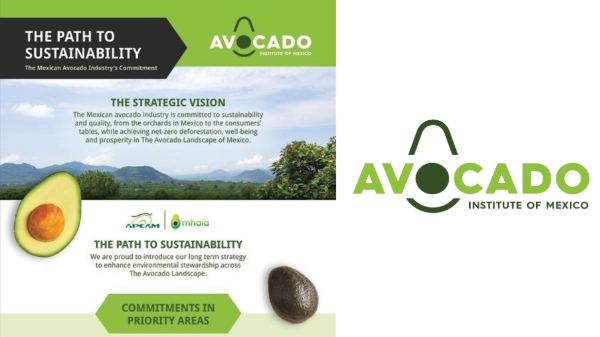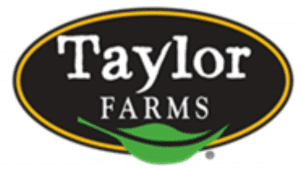Welcome to Blue Book!
Are you ready to join the thousands of companies who rely on Blue Book to drive smarter decisions? View our plans and get started today!
Still have questions? We’d love to show you what Blue Book can do for you. Drop us a line– we’ve been waiting for you.
Aside from cranberries, Massachusetts and its New England compatriots also produce a significant amount of apples—boasting more than 100 varieties from A(kane) to Z(estar). Ranked twelfth nationally, and with the most bearing acreage in New England (consisting of Connecticut, Maine, New Hampshire, Rhode Island, and Vermont), residents always look forward to ‘Apple Month’ in September and celebrate the Bay State’s over 365 growers who bring in more than $20 million in annual receipts for fresh market sales and over $450,000 each year for processing.
Surprisingly, the New England Apple Association reports about 40 percent of growers sell directly to consumers through roadside stands, farmers’ markets, and pick-your-own operations. Massachusetts also has several community supported agriculture (CSA) growing sites and some fruits and vegetables are even sold by mail order or online.
Growers also produce a substantial amount of peaches (accounting for just under $5.5 million in sales), fall potatoes (worth $8.6 million in sales), and sweet corn—which brought in the majority of sales at over $20.5 million for 2012 according to a New England Agricultural Statistics report. Massachusetts also dabbles in berries (other than cranberries, including blueberries, raspberries, and strawberries), cucurbits (pumpkins, squash, eggplant, cucumbers, and watermelon), beans, carrots, peppers, leaf lettuce, and cabbage.
Goodwill Hunting
Aside from the wholesale mainstays of the NEPC and BMT, Massachusetts ranks fourth in the nation for farmers’ markets. Due to the state’s ardent promotion of locally grown produce, seasonal markets have more than doubled over the last decade. Additionally, the Farmers’ Markets Nutritional Program connects underprivileged women, children, and low-income elders with coupons for fresh produce.
The giving spirit is also alive and well in the terminal markets. A prime example is Community-Suffolk Inc., which sells from both the NEPC and BMT and has been around for more than 70 years, and supports several charities including the Italian Home for Children, Little Sisters of the Poor, and the Boston Food Bank.
Overall, the greater Boston area is served by four food banks, which are supplied through MDAR’s Emergency Food Assistance Program as well as numerous growers around the state and the terminal market merchants. Among the fresh fruit and vegetable staples donated to the food depositories were the ever-popular apple, collard greens, squash, onions, peppers, and sweet corn.








